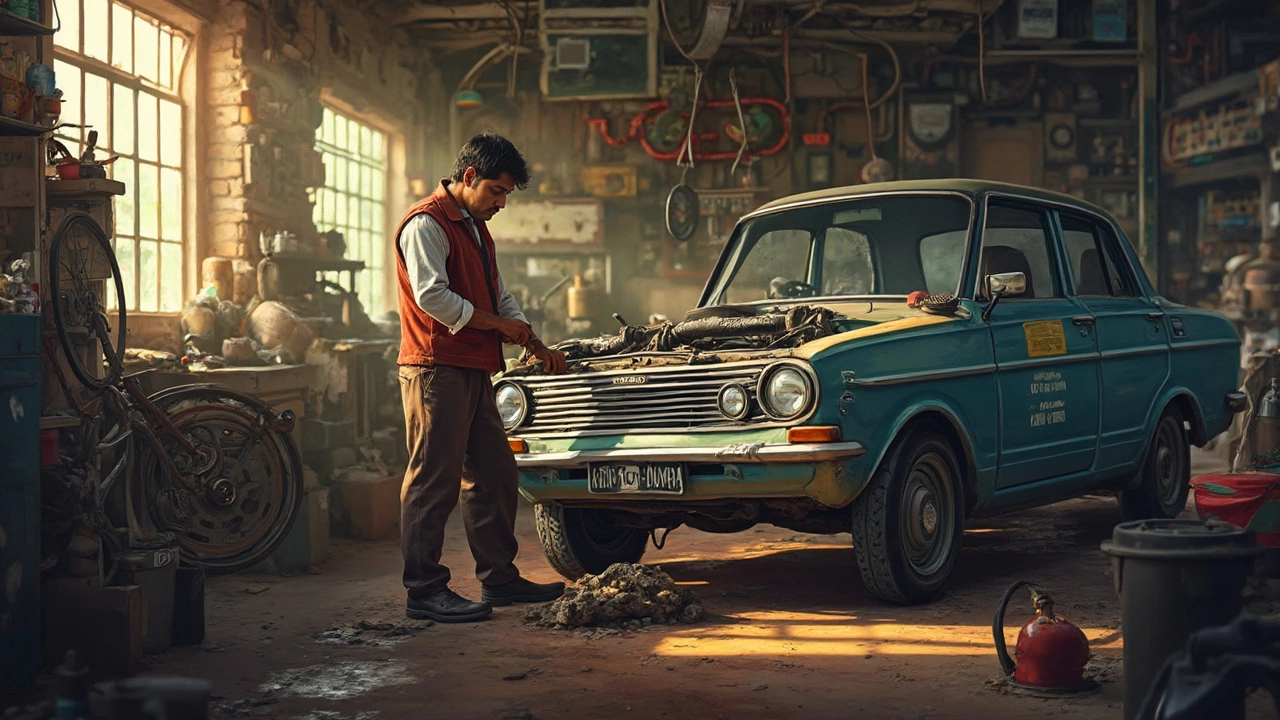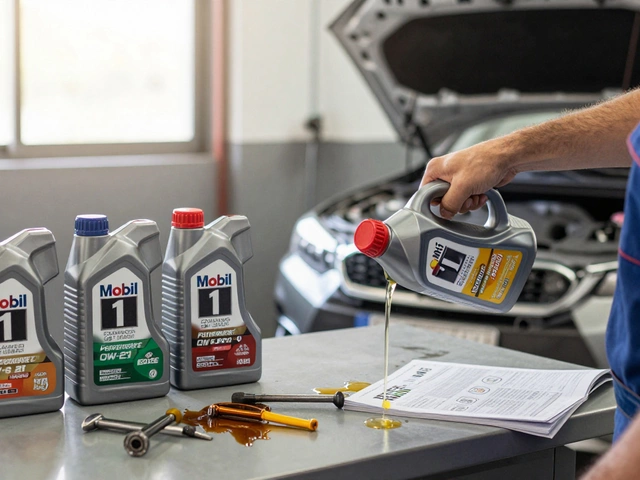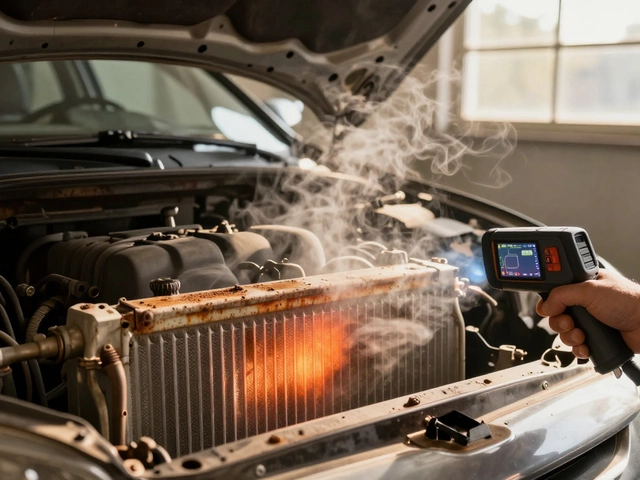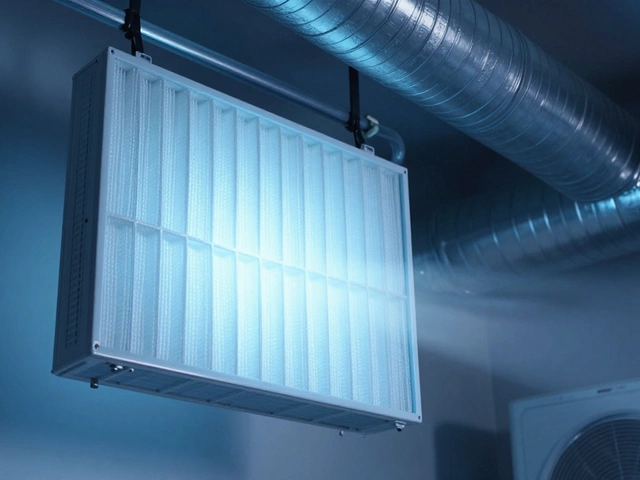Car Radiators: What You Need to Know
If your engine is getting hotter than a summer sidewalk, the radiator is probably the first thing to check. It’s the heart of the cooling system, moving heat from the engine to the air. A busted radiator can turn a simple drive into a costly tow, so knowing the signs, costs, and easy fixes can save you time and money.
When a Radiator Starts Failing
There are a few tell‑tale signs that tell you the radiator is on its last legs. Look for steam or a sweet smell coming from the engine bay – that’s coolant trying to escape. If the temperature gauge spikes quickly after you start the car, the coolant isn’t circulating properly. You might also notice a low coolant level after a short drive, or puddles of green or orange fluid under your car.
Ignoring these clues can lead to overheating, warped heads, and expensive engine repairs. The good news is most radiator issues are caught early with a simple visual check and a quick pressure test at a shop.
Saving Money on Radiator Repairs
In 2025 the average radiator replacement cost sits between $400 and $900, depending on make, model, and whether you go to a dealer or an independent shop. Labor usually makes up about half of that bill, so DIY can shave off a few hundred dollars if you’re comfortable working under the hood.
Before you start, gather the right parts: a new radiator that matches your car’s specifications, fresh coolant, and a few gaskets or O‑rings that often wear out during removal. Many mechanics recommend swapping the thermostat and checking the hoses at the same time – it’s cheap insurance against future leaks.
If you decide to DIY, set aside 3‑4 hours for a typical sedan. Larger trucks or cars with complex coolant pathways can take up to 6 hours. Safety first: let the engine cool, drain the coolant into a container, and disconnect the battery. Follow the service manual step‑by‑step, and you’ll have a fresh radiator humming in no time.
Still not sure whether to DIY or call a pro? Consider the following quick checklist:
- Do you have the right tools (socket set, drain pan, torque wrench)?
- Is your car’s radiator easily accessible, or hidden behind other components?
- Can you safely lift the front of the car and support it?
- Do you feel comfortable handling coolant, which is toxic?
If you answer “yes” to most, DIY might be a good call. Otherwise, a reputable shop can finish the job in 2‑3 hours and give you a warranty on parts and labor.
Beyond replacements, routine maintenance keeps your radiator from failing in the first place. Flush the cooling system every 30,000 miles, top up coolant with the correct mix (usually 50/50 antifreeze and water), and inspect hoses for cracks or bulges during oil changes. A quick visual once a month can catch tiny leaks before they become big problems.
Bottom line: a healthy radiator means a healthy engine. Spot the warning signs early, know what the repair will cost, and decide whether you want to roll up your sleeves or hand the job to a pro. Either way, staying on top of radiator care saves you from overheating headaches and keeps your car running smooth for miles to come.
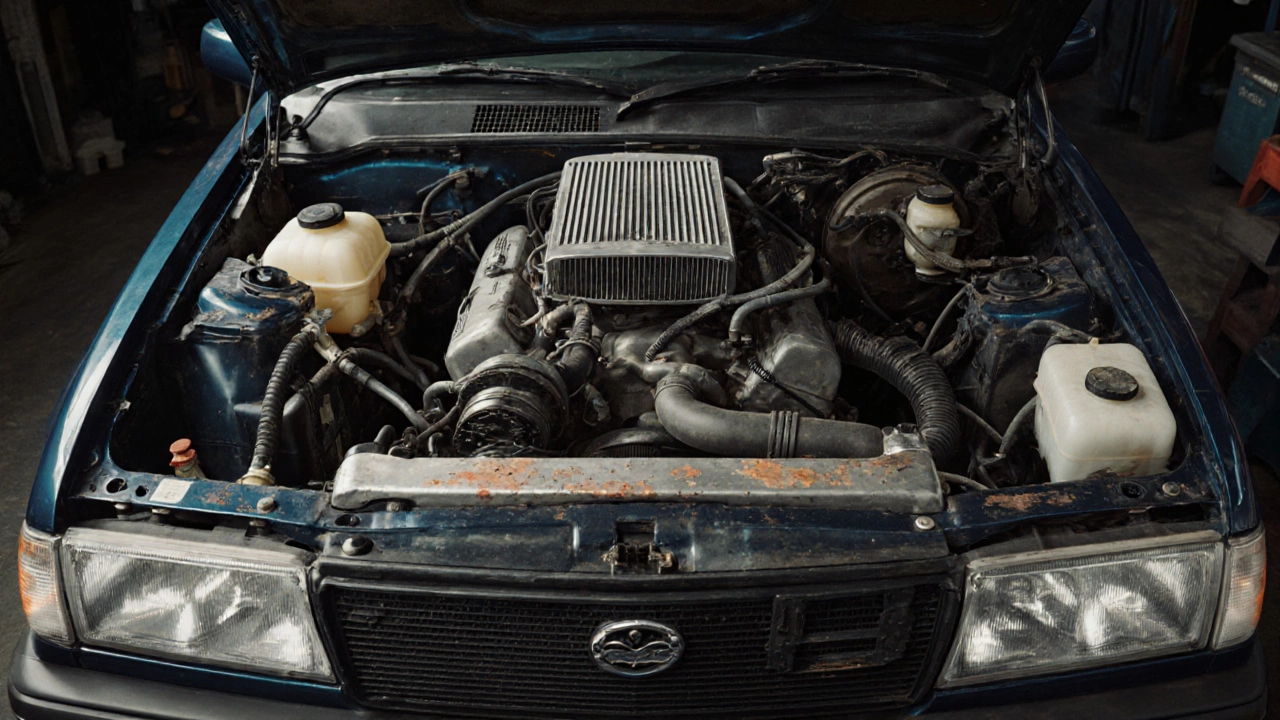
Why Are Car Radiators No Longer Used in Modern Vehicles?
Modern cars no longer rely on traditional radiators thanks to electric cooling systems, distributed heat exchangers, and smarter thermal management. Here’s why the radiator is being phased out-and what replaced it.
CONTINUE READING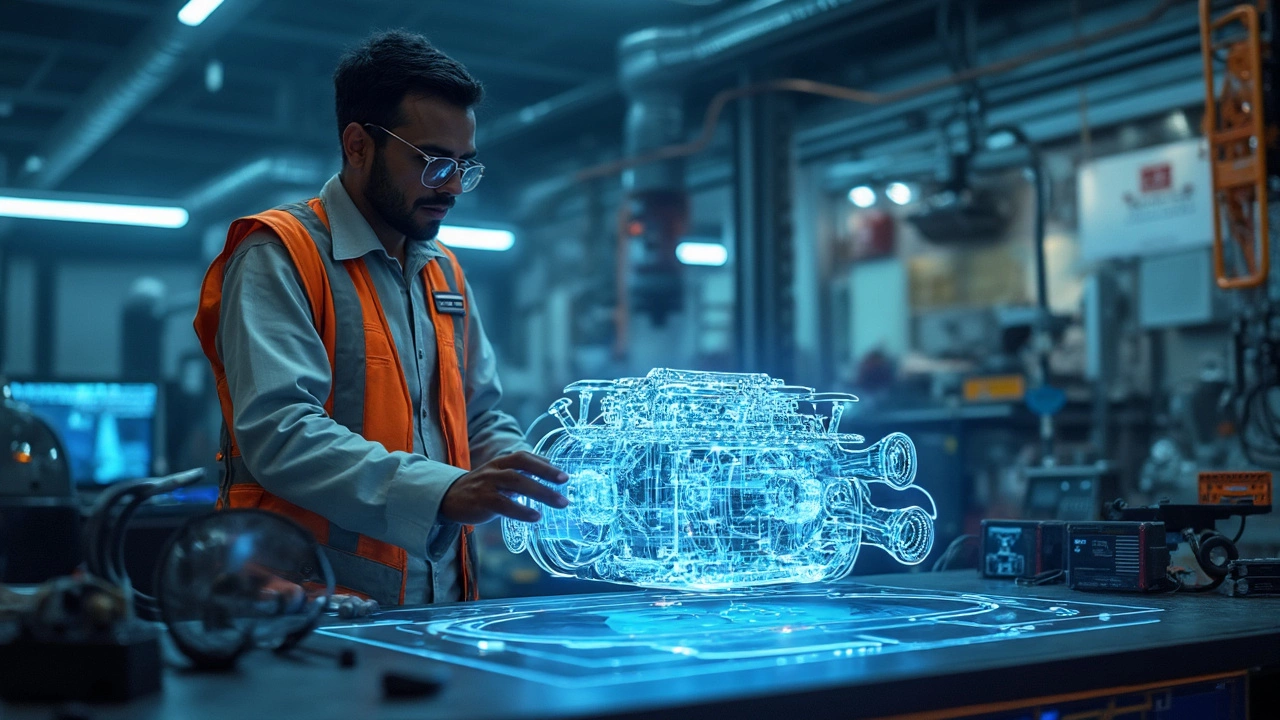
Do Cars Still Have Radiators in 2025?
Car radiators have long been an essential component for keeping engines cool, but with the advancement of automotive technology, many wonder if they still have a place in modern vehicles. This article explores the current state of radiators, how they function, and their importance in today's cars. Discover interesting facts about this pivotal part and learn what role they play in the evolution of engine cooling systems. Get practical tips on maintaining your car radiator to ensure it's operating efficiently.
CONTINUE READING
Identifying the Warning Signs of a Blown Head Gasket: Tips and Insights
Discovering a blown head gasket early can save you time and money on repairs. Key indicators include unexplained coolant loss, engine overheating, white smoke from the exhaust, contaminated oil, and rough idling. Recognizing these symptoms can help you take prompt action and maintain your vehicle’s health.
CONTINUE READING